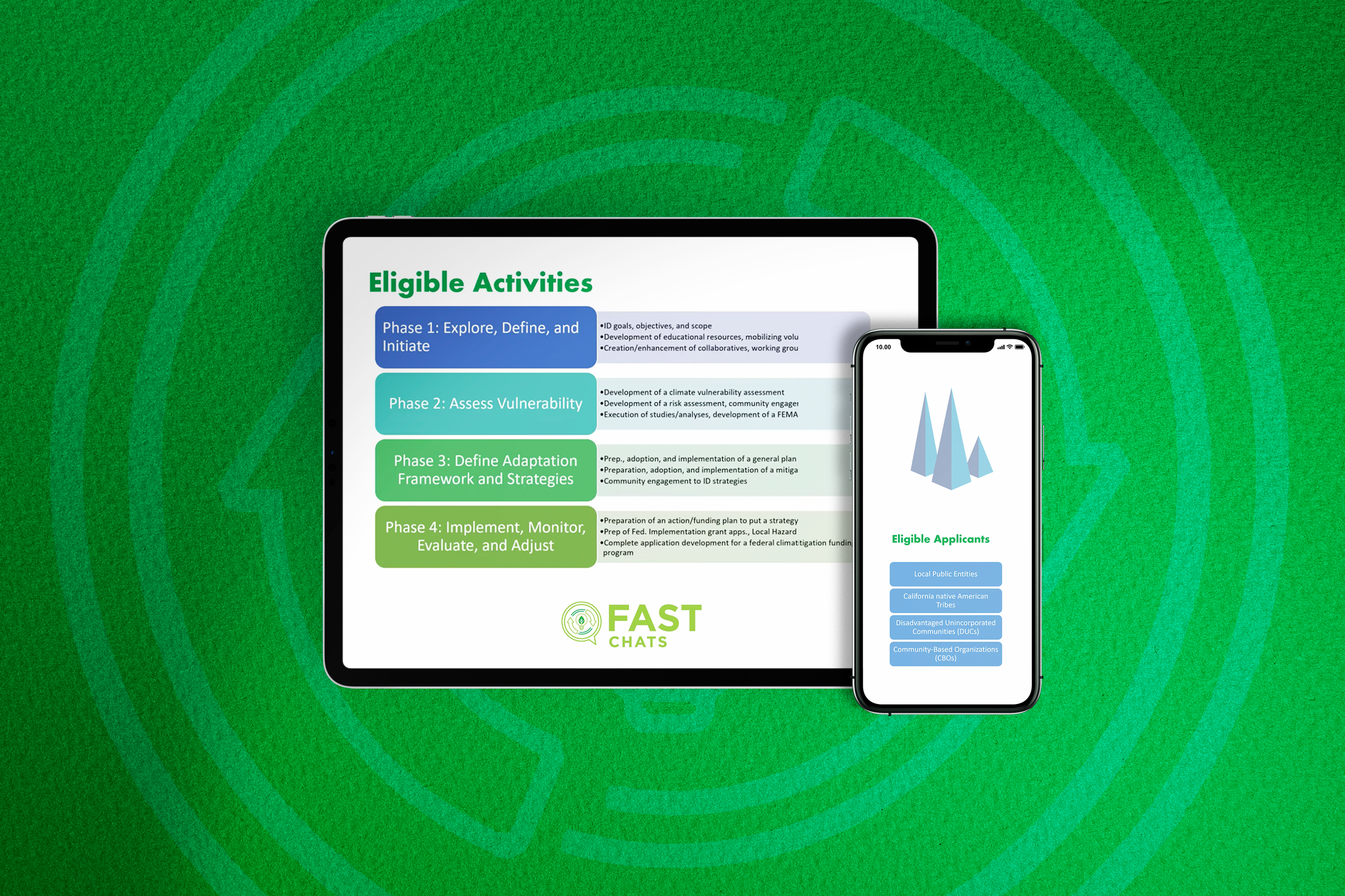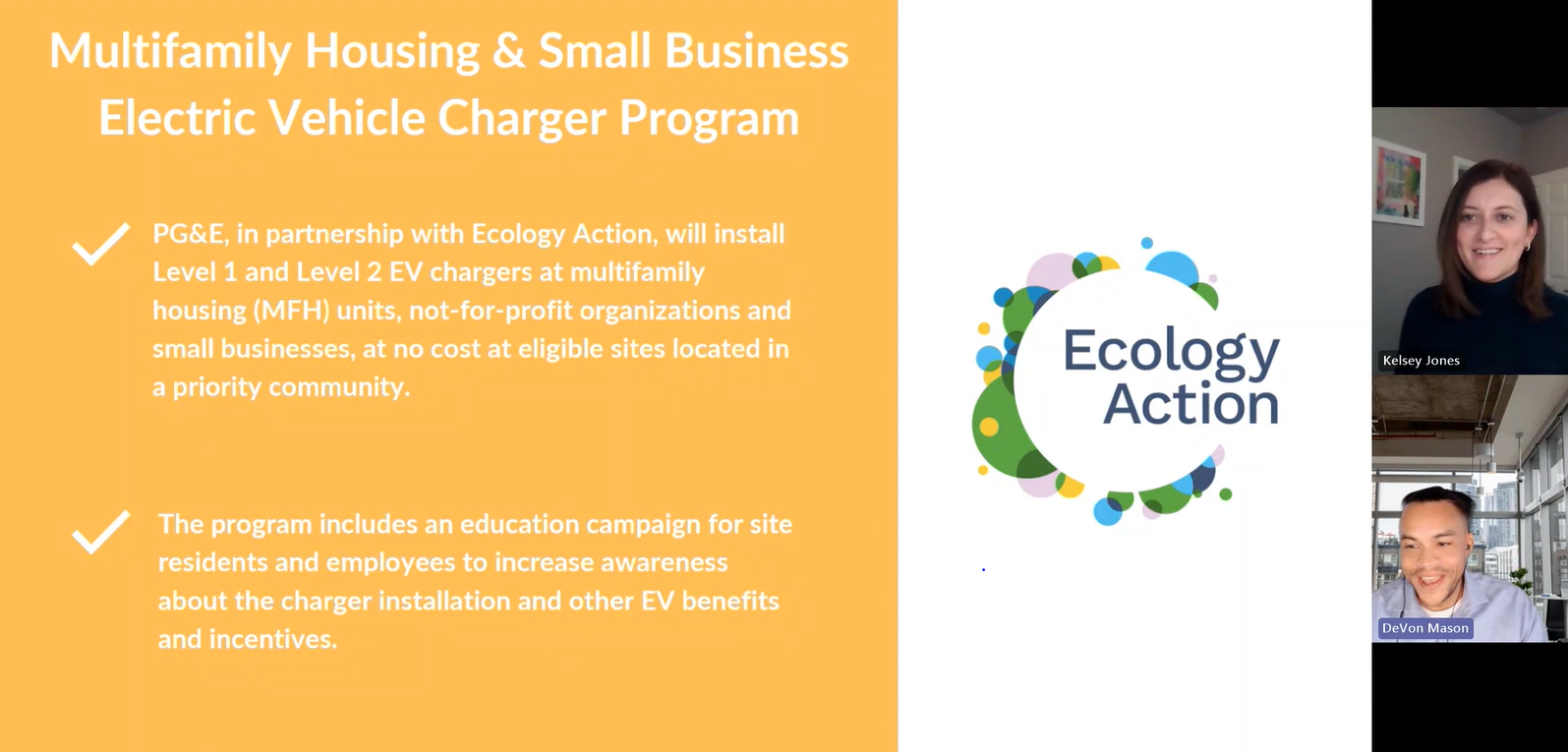As energy-efficient technologies evolve—like heat pumps, induction cooking, and hydrogen-fueled equipment—so does the need for a skilled workforce to support them. One of the biggest challenges? A growing gap between innovation and the availability of trained professionals to install and maintain these systems. The good news: Solutions are emerging. From workforce development programs to industry partnerships, we’re seeing real momentum in bridging this gap.
As energy-efficient technologies evolve—like heat pumps, induction cooking, and hydrogen-fueled equipment—so does the need for a skilled workforce to support them. One of the biggest challenges? A growing gap between innovation and the availability of trained professionals to install and maintain these systems. The good news: Solutions are emerging. From workforce development programs to industry partnerships, we’re seeing real momentum in bridging this gap.
California's workforce development programs might not deliver direct energy savings, but honey, they are absolutely serving the foundation for everything we do. From the California Conservation Corps training young adults in energy efficiency installations to community colleges developing EV infrastructure curriculum, these programs are building the skilled workforce that makes our clean energy dreams possible.
As energy-efficient technologies evolve—like heat pumps, induction cooking, and hydrogen-fueled equipment—so does the need for a skilled workforce to support them. One of the biggest challenges? A growing gap between innovation and the availability of trained professionals to install and maintain these systems. The good news: Solutions are emerging. From workforce development programs to industry partnerships, we’re seeing real momentum in bridging this gap.
California's workforce development programs might not deliver direct energy savings, but honey, they are absolutely serving the foundation for everything we do. From the California Conservation Corps training young adults in energy efficiency installations to community colleges developing EV infrastructure curriculum, these programs are building the skilled workforce that makes our clean energy dreams possible.
California’s industrial energy efficiency programs are key to building a cleaner, more sustainable future. As one of the nation’s most industrially active states, California faces high energy demands from its manufacturing and production sectors. By investing in smart, targeted efficiency initiatives, the state helps businesses cut energy costs while significantly reducing greenhouse gas emissions. These efforts not only support California’s ambitious climate goals but also fuel long-term economic growth rooted in sustainability.
When we think of industrial customers, a specific picture comes to mind. This picture often includes heavy machinery and manufacturing-type facilities. However, the industrial category encompasses a wide range of activities, including agriculture, food processing, commercial laundry, and water processing. Incentives for industrial customers also depend on your utility provider.
Since industrial customers tend to be among the larger utility customers, they are uniquely positioned to realize significant energy savings, often with relatively minor adjustments.
Industrial energy efficiency programs might seem like the most technical, dry corner of California's clean energy landscape—all motor upgrades, process optimization, and equipment retrofits. But just like those songs you skip at first listen only to find yourself humming them weeks later, these programs have a way of revealing their true power once you dig deepe








































